Top speed 228 km/h Length 7.8 m First flight March 1923 | Wingspan 11 m Introduced 1924 | |
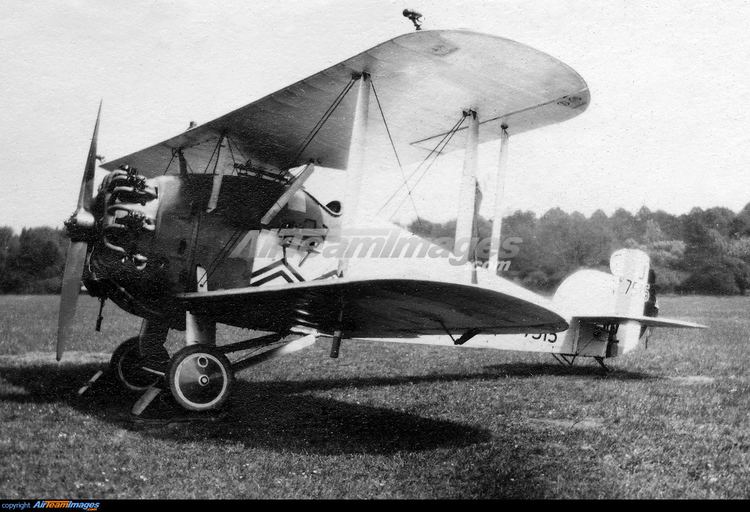 | ||
Manufacturers Hawker Siddeley, Hawker Aircraft | ||
The Hawker Woodcock was a British single-seat fighter built by the Hawker Engineering Company as the first fighter to be produced by Hawker Engineering (the successor to Sopwith Aviation). It was used by the RAF as a night fighter in the 1920s.
Contents

Design and development

The Hawker Woodcock was designed as a night fighter in 1922 to meet specification 25/22. The chief designer was Captain Thomson, and the prototype, serial number J6987, was first flown with a 358 hp (267 kW) Armstrong Siddeley Jaguar II engine in March 1923 with F. P. Raynham at the controls. It featured a two-bay wing with the inner struts at about ⅓ span.
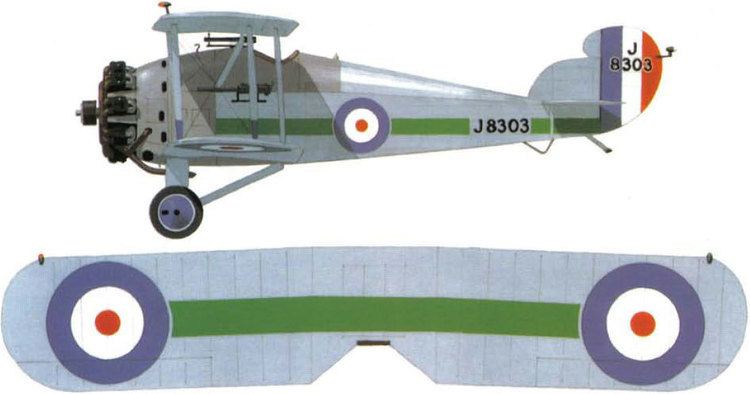
The prototype was rejected because of lack of manoeuvrability as well as suffering from serious wing flutter and ineffective rudder control. Following the first flight W. G. Carter took over as chief designer and changed the design, reducing the wingspan by 2 ft (0.61 m) and making it a single-bay structure. The powerplant was changed to a 380 hp (283 kW) Bristol Jupiter IV engine. The modified design was designated the Woodcock Mk II and first flew in July 1923. A number of accidents occurred and the design was progressively strengthened until the structural weakness had been cured.
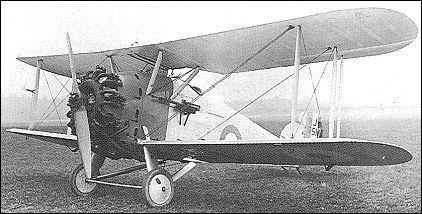
The Woodcock was armed with two .303 in (7.7 mm) Vickers machine guns, synchronised to fire through the propeller arc. The guns were mounted externally on each side of the fuselage, just below the edge of the cockpit.
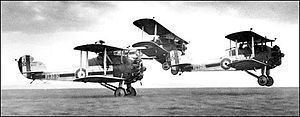
The first order for the Royal Air Force was for ten Woodcock IIs, with the first six being completed without any night flying equipment. The service eventually ordered a total of 62 aircraft. One of the first batch of aircraft was given a civil registration to allow it to be demonstrated in Scandinavia. On return to the United Kingdom, the demonstrator was entered into the 1925 King's Cup Air Race but it crashed during the race in bad weather near Luton.
Operational history
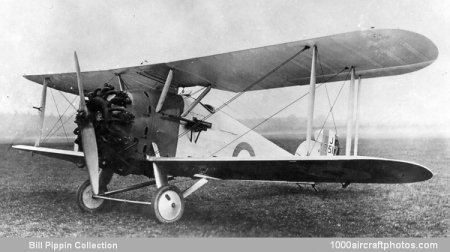
The first aircraft to be delivered to the Royal Air Force entered service with 3 Squadron in May 1925 at RAF Upavon. No. 17 Squadron was the only other operational squadron, with first deliveries being made in March 1926. Once the type's early structural problems were solved, the Woodcock proved popular with its pilots. It was replaced by the Gloster Gamecock in 1928. However, some Woodcocks were still flying in 1936.

In June 1927 a Woodcock II of No. 17 Squadron was borrowed by the notable aviator Charles Lindbergh. He used the aircraft to fly back to Paris from London soon after his transatlantic flight in the Spirit of St. Louis.
Variants

Operators
Specifications (Woodcock Mk II)
Data from The British Fighter since 1912
General characteristics
Performance
Armament
